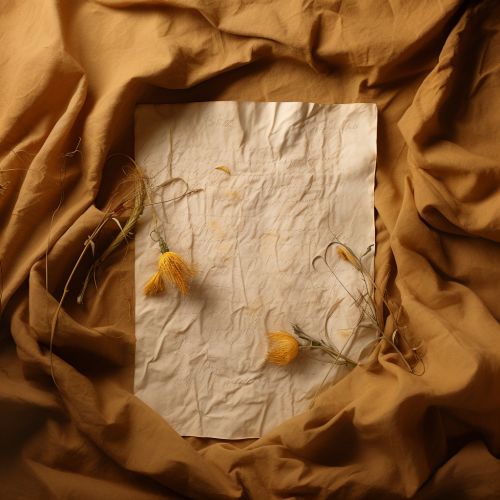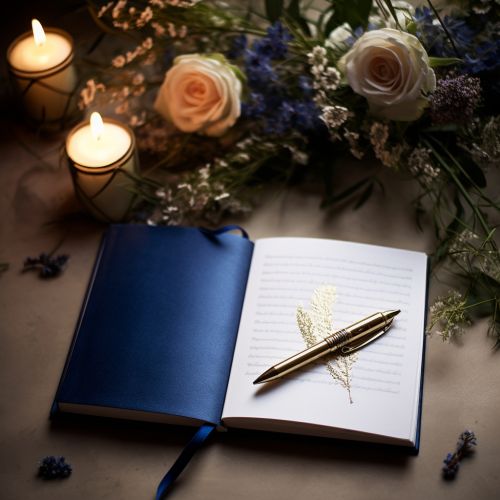Poetic form
Introduction
Poetic form refers to the physical structure of a piece of poetry or its logical and grammatical structure. It is a critical aspect of poetry that significantly influences the meaning and impact of a poem. The form of a poem includes the line structure, rhyme scheme, rhythm, and other poetic devices that the poet uses to create a specific effect or to convey a particular message[^1^].
Line Structure
The line structure of a poem refers to the way the lines of the poem are organized. This includes the length of the lines, the placement of the lines, and the way the lines are grouped together. In poetry, lines are often grouped into stanzas, which are similar to paragraphs in prose[^2^].


Rhyme Scheme
The rhyme scheme of a poem is the pattern of end rhymes, or rhymes that occur at the end of lines. Rhyme schemes are usually described using letters to indicate which lines rhyme. For example, the rhyme scheme ABAB indicates that the first and third lines rhyme with each other, and the second and fourth lines rhyme with each other[^3^].
Rhythm
Rhythm in poetry refers to the pattern of stressed and unstressed syllables in a line. This pattern can be regular (metered) or irregular. The rhythm of a poem can create a particular mood, emphasize certain words or ideas, and provide a pleasing sound pattern[^4^].


Poetic Devices
Poetic devices are tools that poets use to enhance their poetry and to convey meaning. These include devices such as alliteration, assonance, consonance, onomatopoeia, and others. Each of these devices contributes to the overall form of the poem and can significantly influence the reader's interpretation and experience of the poem[^5^].


Conclusion
Understanding the form of a poem is crucial to understanding and appreciating the poem itself. The form of a poem can enhance its meaning, create a specific mood or tone, and provide a pleasing aesthetic experience. By studying the form of a poem, readers can gain a deeper understanding of the poet's intentions and the poem's impact[^6^].
See Also
References
[^1^]: "Poetic Form." Poetry Foundation. https://www.poetryfoundation.org/learn/glossary-terms/form [^2^]: "Line Structure in Poetry." Literary Devices. https://literarydevices.net/line/ [^3^]: "Rhyme Scheme." Literary Devices. https://literarydevices.net/rhyme-scheme/ [^4^]: "Rhythm in Poetry." Literary Devices. https://literarydevices.net/rhythm/ [^5^]: "Poetic Devices." Literary Devices. https://literarydevices.net/poetic-devices/ [^6^]: "The Importance of Poetic Form." Poetry Foundation. https://www.poetryfoundation.org/articles/69100/the-importance-of-poetic-form
